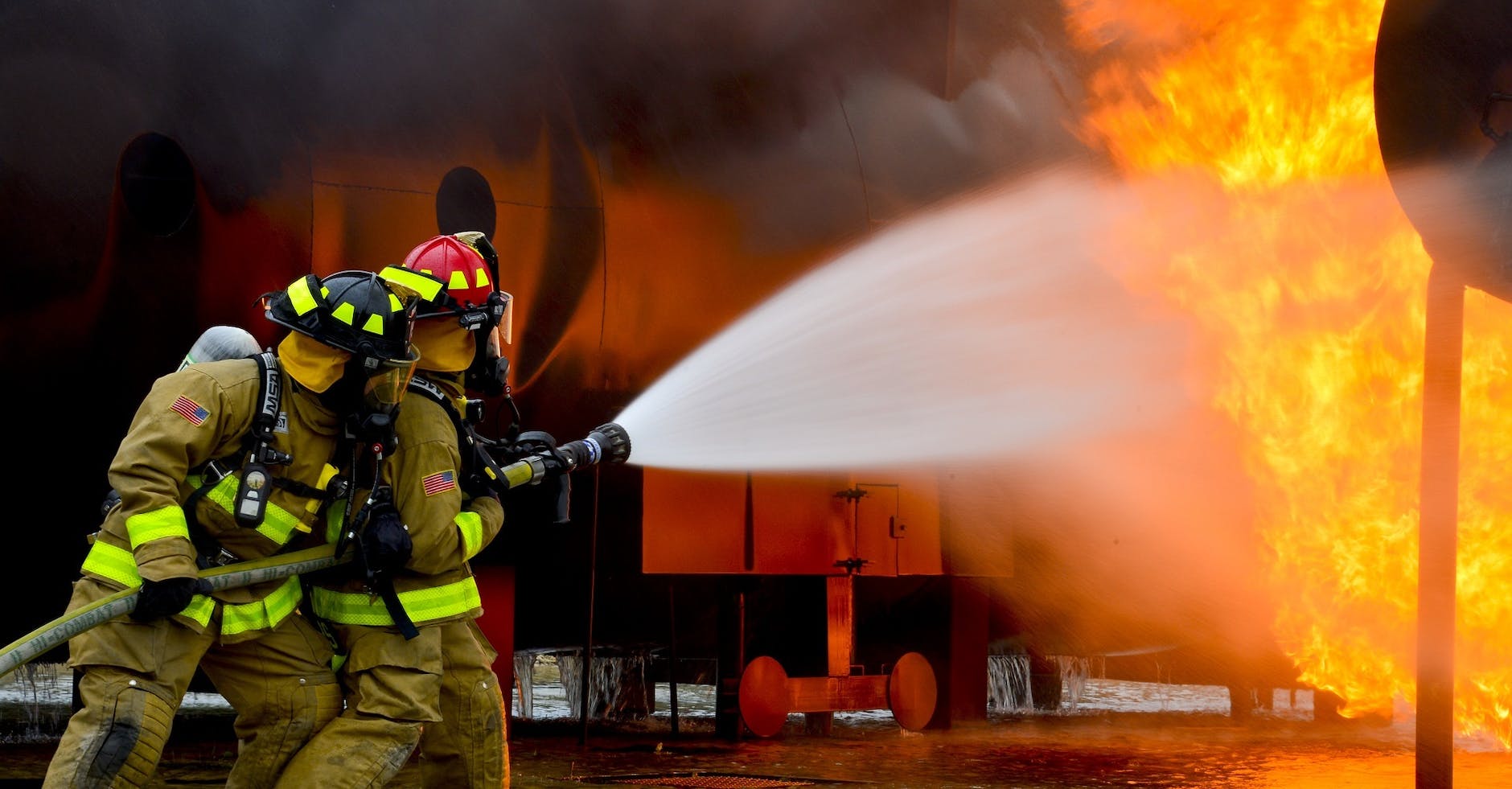
Complete Fire Safety: Protecting Lives and Property
Complete Fire Safety : In our modern world, ensuring fire safety is of paramount importance. Fires can break out unexpectedly, posing significant threats to both lives and property. With the right knowledge and preventive measures in place, we can minimize these risks and protect ourselves, our loved ones, and our belongings. This article will delve into the crucial aspects of fire safety, providing you with essential information to keep yourself and your surroundings safe.
Understanding the Basics of Fire Safety
Fire safety starts with understanding the nature of fires. Fires require three elements to ignite: fuel, heat, and oxygen. These elements form the fire triangle. Removing any one of these elements can prevent or extinguish a fire. Knowing how fires start and spread helps us take preventative measures effectively.
The Importance of Fire Prevention
Preventing fires is the first line of defense. Keeping flammable materials away from heat sources, properly storing chemicals, and using caution with open flames are essential steps. Regularly maintaining appliances and wiring can prevent electrical fires. Vigilance in the kitchen and responsible smoking habits are also crucial.
Creating a Fire Escape Plan
In case a fire does occur, having a well-thought-out escape plan is vital. Every household should have multiple exit routes. Plan escape routes from each room and designate a meeting point. Practice fire drills with family members to ensure everyone knows what to do.
Essential Fire Safety Equipment
Fire extinguishers, smoke alarms, and sprinkler systems are essential fire safety equipment. Learn how to operate a fire extinguisher and regularly check smoke alarms. These tools can significantly reduce the impact of a fire.
Safe Handling of Flammable Materials
Proper storage of flammable materials is vital. Keep them away from heat sources and out of direct sunlight. Follow guidelines for storage and disposal to prevent accidental fires.
Electrical Fire Prevention and Safety
Electrical fires are common but preventable. Avoid overloading outlets, regularly inspect cords for damage, and address any flickering lights or sparking outlets promptly.
Kitchen Fire Safety
Kitchens are prone to fires due to cooking activities. Never leave the kitchen unattended while cooking, keep flammable objects away from the stove, and have a fire extinguisher nearby.
Fire Safety in Public Places
Public places must adhere to fire safety regulations to ensure the safety of occupants. Look for clearly marked exits and report any blocked escape routes immediately.
The Role of Smoke Alarms and Sprinkler Systems
Smoke alarms and sprinkler systems are crucial for early fire detection and control. Test smoke alarms monthly and consider installing sprinklers for an added layer of protection.
Teaching Fire Safety to Children
Educating children about fire safety is essential. Teach them the stop, drop, and roll technique, how to use emergency numbers, and the dangers of playing with fire.
Fire Safety for Pets
Our furry friends need protection too. Keep pets away from open flames, secure candles, and have a plan for their evacuation in case of a fire.
Fire Drills and Training
Regular fire drills and training sessions ensure that everyone knows how to react during an emergency. Practice enhances preparedness.
Fire Safety Regulations and Codes
Fire safety regulations and codes exist to establish safety standards for buildings and public spaces. Complying with these regulations is crucial for preventing and minimizing fire incidents.
Maintaining Fire Safety in Workplaces
Workplaces should have fire safety protocols in place. Employees should be familiar with evacuation routes, assembly points, and proper use of fire safety equipment.
Conclusion
In conclusion, fire safety is a shared responsibility that requires knowledge, preparedness, and proactive measures. By understanding fire behavior, preventing fires, and being equipped with the right tools and information, we can protect ourselves, our loved ones, and our property. Prioritize fire safety in every aspect of life to prevent tragedies.
FAQs
- What are the primary elements required for a fire to ignite? The primary elements are fuel, heat, and oxygen – collectively known as the fire triangle.
- How often should I test my smoke alarms? It’s recommended to test smoke alarms monthly to ensure they are functioning correctly.
- Can I use water to extinguish all types of fires? No, water is not suitable for all types of fires. It can worsen some, like grease fires. Use the appropriate fire extinguisher for each fire type.
- What should I do if my clothes catch fire? Remember the “stop, drop, and roll” technique. Stop, cover your face, drop to the ground, and roll to smother the flames.
- Are there specific regulations for fire safety in workplaces? Yes, workplaces must adhere to fire safety regulations and protocols to ensure the safety of employees and visitors.
























